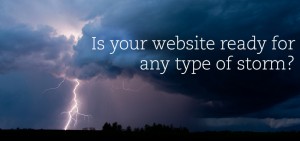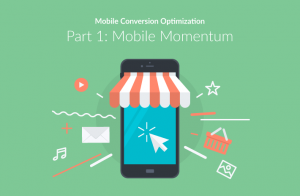As advertisers grapple with fake news and hate speech, blacklisting the sites they want to stay away from isn’t enough. Columnist Peter Isaacson explains why ‘whitelisting’ is more effective for B2B marketers.
 A company’s most valuable asset is often its brand — so brand safety is a big concern for most businesses. No brand wants its products associated with hate speech, porn or extreme politics, which is something that marketing technology companies understand and deal with on a daily basis.
A company’s most valuable asset is often its brand — so brand safety is a big concern for most businesses. No brand wants its products associated with hate speech, porn or extreme politics, which is something that marketing technology companies understand and deal with on a daily basis.
While industry experts are still debating which method is best for ensuring brand safety throughout marketing and advertising campaigns, there are strong solutions available today. One tactic many businesses take to combat the issue of unintentional advertising on controversial websites is to “blacklist” them, which means selecting certain sites to avoid in ad placements.
In light of recent coverage and conversations around fake news, this issue is now front and center for many businesses and their advertising and marketing strategies. For example, AppNexus announced that they will block sites that promote hate speech, while others, like PubMatic, let individual advertisers blacklist the sites they want to stay away from.
While blacklists can be a fast solution to an immediate problem, it’s not possible to effectively blacklist every site you want to avoid. That’s because at the end of the day, no matter how good our screening technology is, things slip through the cracks.
New sites pop up every day — and the criteria for sites that should be blacklisted is unfortunately not “one size fits all.” Sometimes, a mistake must happen before the advertiser is even aware of the offensive site or content.
That leads to the ultimate nightmare scenario: when a client shows a screen shot of their ad adjacent to some inappropriate content that was not blacklisted quickly enough.
Blocking unwanted sites from ad use is a good start when it comes to maintaining brand safety, but it’s not comprehensive. If you want guarantees about which sites your ads will appear on, there is another, and far more effective, approach: whitelisting.
What is whitelisting?
As you’ve probably guessed from the name, whitelists are the opposite of blacklists. While blacklists try to identify the bad sites out of the millions of sites out there, whitelists are curated lists of sites that are “brand acceptable.” Here are a few pros and cons around the use of blacklisting vs. whitelisting:

Why whitelisting matters for B2B
While most people think that brand matters more for B2C, it actually plays an even more important role in B2B. Your clients care about who you are as company, so being able to show that you are a reputable brand is incredibly critical. On the flip side, mistakes are even more consequential.
In all likelihood, you have strong relationships with customers and are working on building them with your prospects. If you’re doing some form of Account-Based Marketing, you’re working to reach all stakeholders in an account.
In B2C, if one person sees a problematic ad, the impact is small. In B2B, if one of your stakeholders (or more) has a negative association with a brand, that can be enough to stop a deal in its tracks. In other words, there’s a lot more risk for B2B companies, so the traditional blacklist just isn’t going to cut it.
With the influx of new technology in the past few years, advertising has become even more relevant and effective for B2B marketers. But with all the choices and opportunity out there, it’s important to choose a vendor who has a deep understanding of your specific needs as a B2B advertiser, and also has the capability to deliver on more sophisticated campaign elements, such as whitelisting.
If you’re working with a vendor, and they say they have a whitelist or are working to create one, look out for certain key best practices.
Do they have the ability to monitor, evaluate and identify suspicious activity? Do they understand ad fraud and have a deep understanding of online B2B behavior? Do they understand which sites are important to your audience? A vendor should be able to check all these boxes as part of creating an effective whitelist.
Conclusion
Ultimately, you need an ad vendor who cares about your brand just as much as you do. The best ad vendors understand the importance of whitelisting and will work with you to deliver the best possible experience for your customers.
Some opinions expressed in this article may be those of a guest author and not necessarily Marketing Land. Staff authors are listed here.
Marketing Land – Internet Marketing News, Strategies & Tips
(62)
Report Post






